-
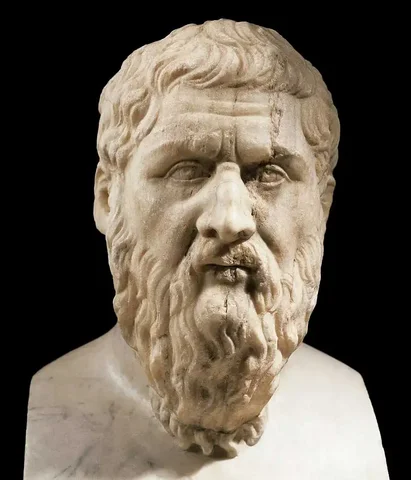 Plato's atomic theory is that solid forms of matter are composed of indivisible elements shaped like triangles.
Plato's atomic theory is that solid forms of matter are composed of indivisible elements shaped like triangles. -
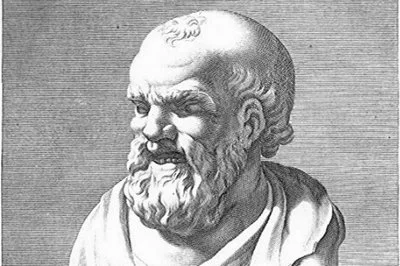 Democritus' theory stated that all matter was solid, hard, and indestructible. It moved in infinite numbers through empty space until it stopped.
Democritus' theory stated that all matter was solid, hard, and indestructible. It moved in infinite numbers through empty space until it stopped. -
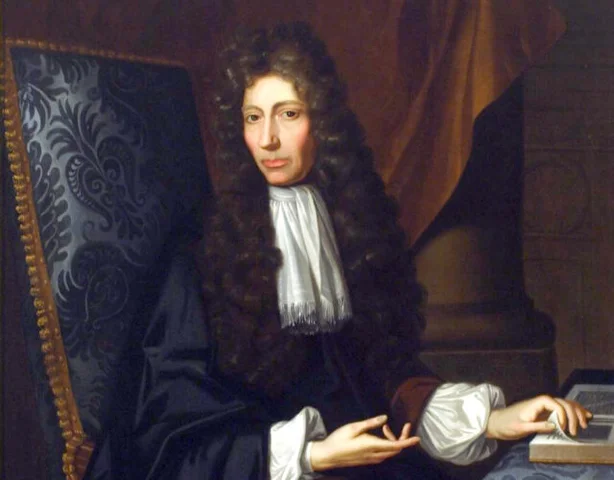 Robert Boyle believed that everything was composed of very tiny particles
Robert Boyle believed that everything was composed of very tiny particles -
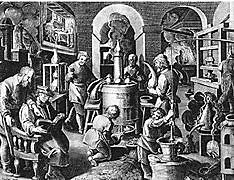 The Alchemists believed all metals were formed from two principles- mercury and sulfur
The Alchemists believed all metals were formed from two principles- mercury and sulfur -
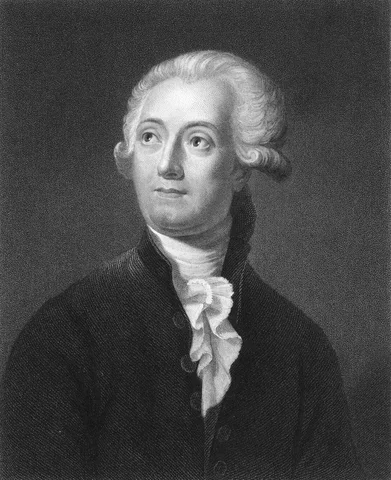 Lavoisier's theory was the law of conservation of mass explaining how matter is conserved by chemical changes.
Lavoisier's theory was the law of conservation of mass explaining how matter is conserved by chemical changes. -
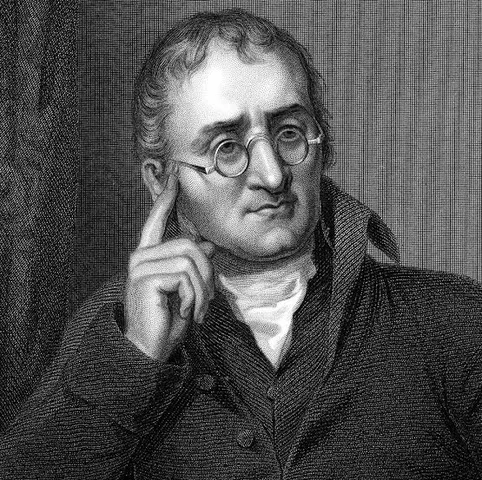 John Daltons atomic theory stated that all matter is made of atoms and all atoms of a given element are identical in mass and properties.
John Daltons atomic theory stated that all matter is made of atoms and all atoms of a given element are identical in mass and properties. -
 The Billiard Ball Model, discovered by John Dalton, is an atom defined as a ball-like structure, as the concept of atomic numbers.
The Billiard Ball Model, discovered by John Dalton, is an atom defined as a ball-like structure, as the concept of atomic numbers. -
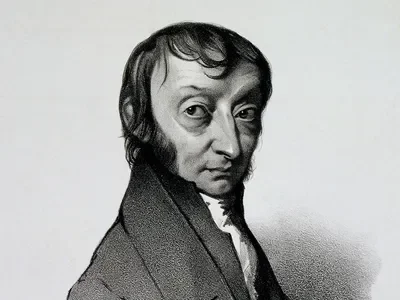 He discovered that equal volumes of gases at the same temperature and pressure contain the same number of molecules.
He discovered that equal volumes of gases at the same temperature and pressure contain the same number of molecules. -
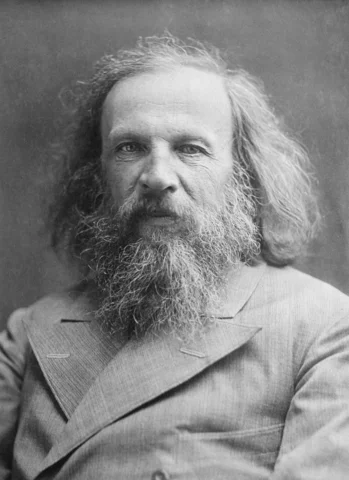 He discovered that elements arranged according to the value of their atomic weights present clear periodicity properties.
He discovered that elements arranged according to the value of their atomic weights present clear periodicity properties. -
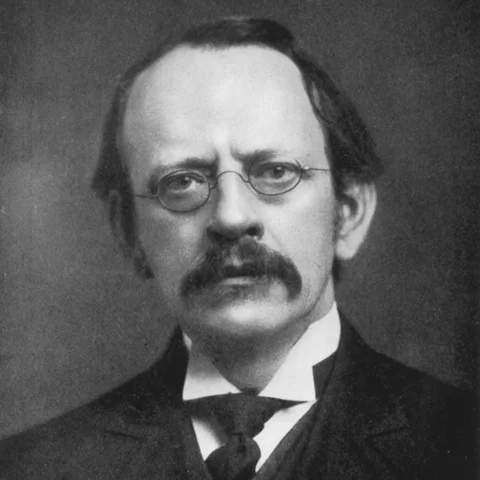 JJ Thompson believed that all atoms contain tiny negatively charged subatomic particles.
JJ Thompson believed that all atoms contain tiny negatively charged subatomic particles. -
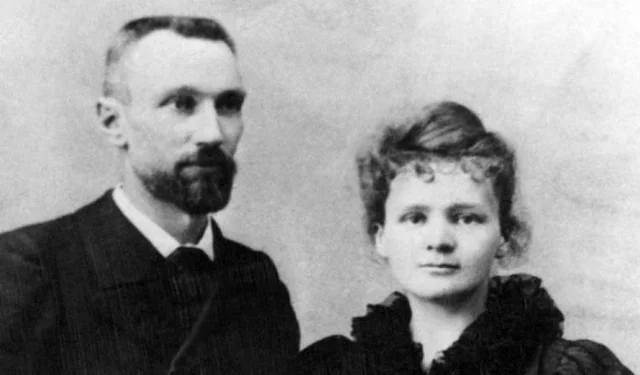 Pierre and Marie Curies' atomic theory was that powerful rays, or energy, gave off tiny particles from tiny atoms that were disintegrating inside elements.
Pierre and Marie Curies' atomic theory was that powerful rays, or energy, gave off tiny particles from tiny atoms that were disintegrating inside elements. -
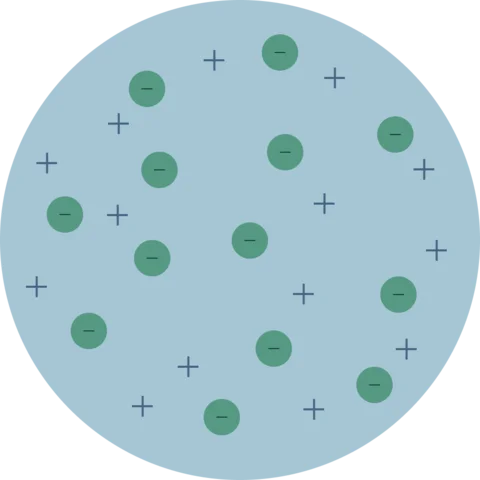 The Plum Pudding Model, discovered by JJ Thomson, depicts the electrons as negatively charged particles embedded in a sea of positive charge.
The Plum Pudding Model, discovered by JJ Thomson, depicts the electrons as negatively charged particles embedded in a sea of positive charge. -
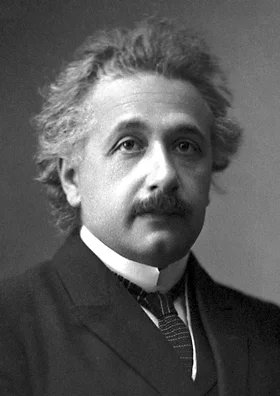 Einstein's atomic theory states that any liquid is made up of molecules.
Einstein's atomic theory states that any liquid is made up of molecules. -
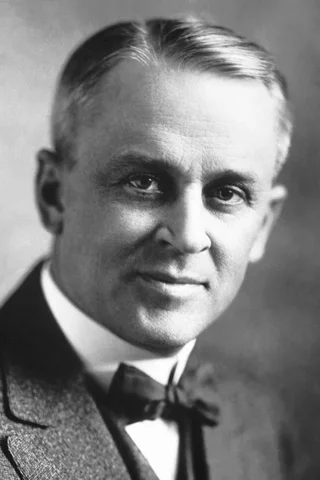 He believed that electrons had a discrete, quantifiable change compared to other subatomic particles.
He believed that electrons had a discrete, quantifiable change compared to other subatomic particles. -
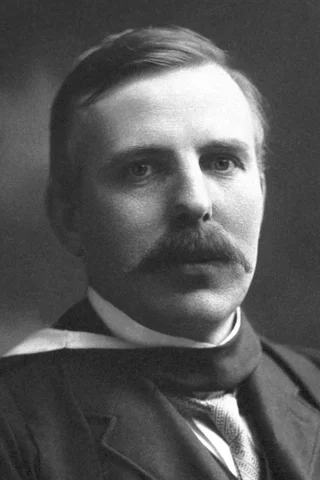 Ernest Rutherford described the atom to have a tiny and dense positively charged core called the nucleus.
Ernest Rutherford described the atom to have a tiny and dense positively charged core called the nucleus. -
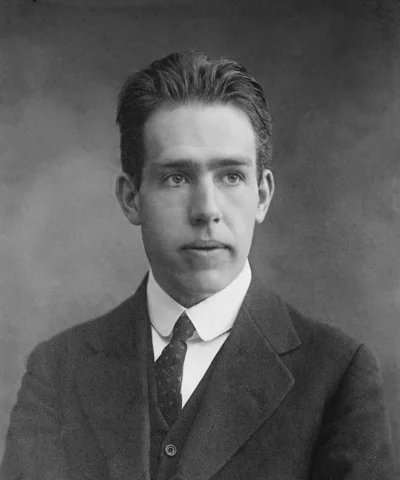 Neils Bohr's theory on hydrogen atoms, based on quantum theory, explains that some physical quantities only take discrete values.
Neils Bohr's theory on hydrogen atoms, based on quantum theory, explains that some physical quantities only take discrete values. -
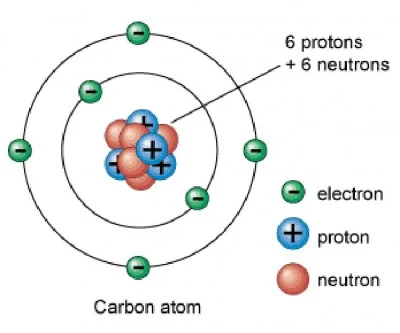 The Solar System Model, discovered by Neils Bohr, is atoms consisting of a number of electrons in orbits around the nucleus.
The Solar System Model, discovered by Neils Bohr, is atoms consisting of a number of electrons in orbits around the nucleus. -
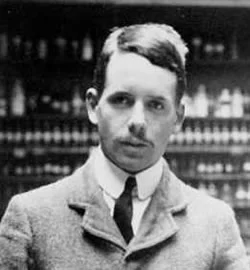 Henry discovered that atomic numbers are the fundamental feature that describes an element.
Henry discovered that atomic numbers are the fundamental feature that describes an element. -
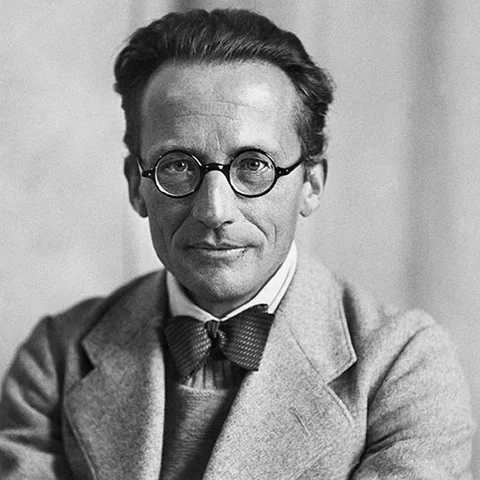 Erwin's theory states that the behavior of electrons within atoms could be explained by treating them mathematically as matter waves.
Erwin's theory states that the behavior of electrons within atoms could be explained by treating them mathematically as matter waves. -
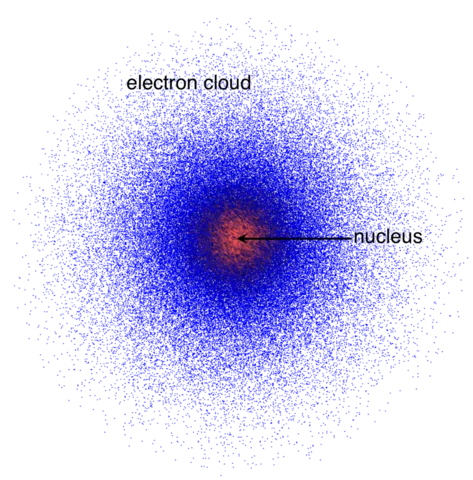 The Electron Cloud Model, discovered by Erwin Schrodinger, is the area around an atom's nucleus where electrons are likely to be found.
The Electron Cloud Model, discovered by Erwin Schrodinger, is the area around an atom's nucleus where electrons are likely to be found. -
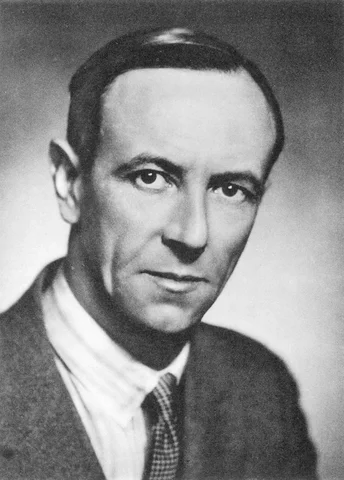 James Chadwick contributed to the atomic theory by discovering the neutron.
James Chadwick contributed to the atomic theory by discovering the neutron.